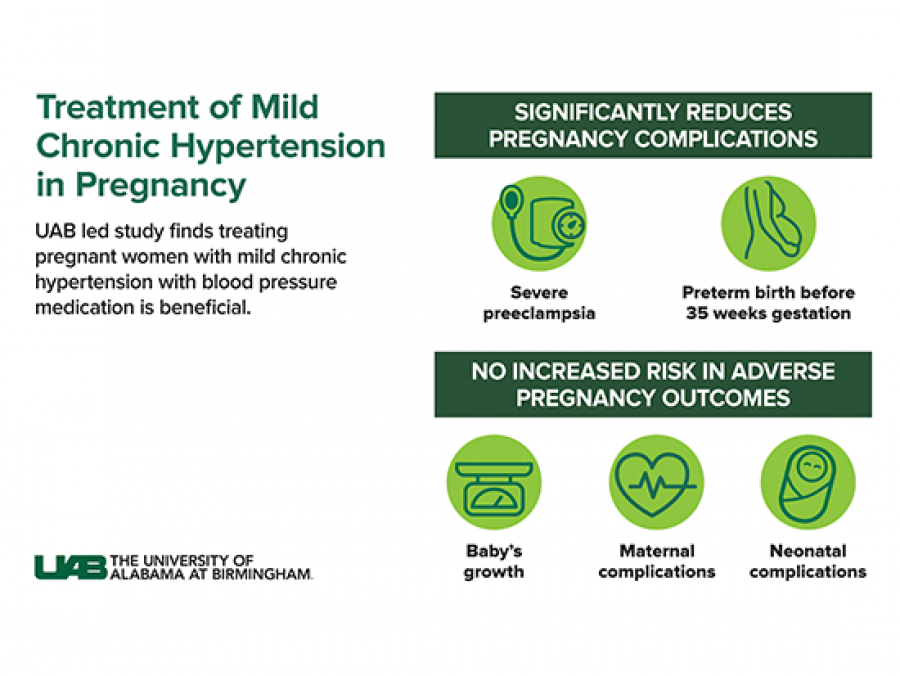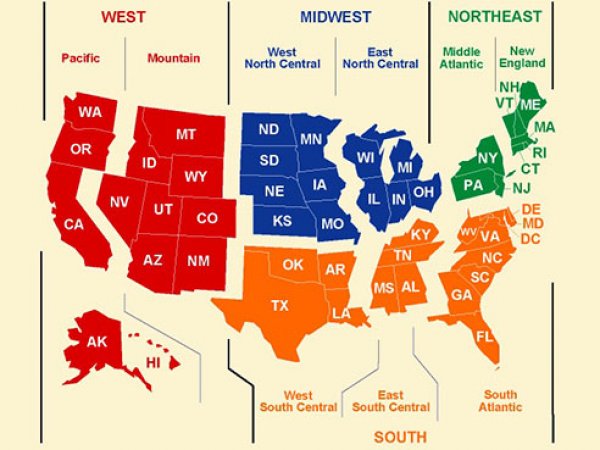Department of biostatistics

New research co-led by the UAB School of Public Health could reshape treatment guidelines for asymptomatic carotid stenosis, a condition caused by a buildup of plaque in arteries that carry blood to the brain.

Results showed longer duration of hypertension is related to higher risk of stroke, higher average systolic blood pressure and a need for more classes of antihypertension medication.

The UAB REGARDS study, the cornerstone health disparities research in stroke and brain heath, has received another five years of funding from the NIH.

Results from the Chronic Hypertension and Pregnancy trial found treating preexisting mild chronic hypertension in pregnant women is safe from both the mom and baby. Results published in April 2022 have since led to changes in national guidelines.

Noninvasive ventilation is possible in infants at limits of viability. But unlike in slightly older preterm infants, noninvasive ventilation did not show an advantage in infants of 22 weeks-0 days to 23 weeks-6 days gestational age.

The investigators will look at diet’s impact on mobility, physical and cognitive function, as well as on pain, fatigue, sleep, mood and anxiety, in people with multiple sclerosis

UAB-led national study shows using blood pressure medication to treat pregnant women with chronic hypertension improves pregnancy outcomes, including a decrease in severe preeclampsia and preterm birth.

Consortium led by UAB researchers in the UAB Heersink School of Medicine and School of Public Health received additional funding to further study chronic hypertension and preeclampsia epigenetics participants enrolled in the CHAP trial.

The RURAL Heart and Lung Study clinic will bring to rural communities technology that provides access to diagnostic tests that are not routinely done in rural settings. UAB researchers will examine medical, lifestyle and behavioral factors that contribute to higher health concerns in residents of Dallas and Wilcox counties.

Among black men, those with a high degree of West African genetic ancestry have less abdominal fat than those with a lower degree.

The importance of preventing hypertension is reinforced by a study showing anti-hypertension medicines can increase stroke risk by 248 percent, according to new UAB School of Public Health research published in the journal Stroke.

Previous data has shown that areas of the south — specifically Mississippi and Alabama – are the fattest in the U.S. But new data from the REGARDS study proves this wrong.